In our previous discussion, we explored how asynchronous learning, when intentionally designed, transforms into a powerful space for student autonomy, reflection, and deep learning. We highlighted its potential as a reinforcement tool, an inclusive alternative, and a pathway to individualized exploration. But how do we truly unlock this potential? How do we move from simply «uploading content» to creating an enriching, self-directed learning journey?
When we plan with purpose, asynchronous learning becomes more than just «homework online.» It becomes a space for students to explore, build skills, and prepare for real-world challenges — all on their own terms.
The Pillars of Purposeful Asynchronous Design
Designing an effective asynchronous learning experience is about crafting an ecosystem where learners thrive independently. Here are the key pillars that underpin such a design:
Clear Learning Pathways and Objectives: Students need to know exactly where they’re going and why. Each module or section should have explicit learning objectives and a clear sequence of activities. This eliminates ambiguity and empowers students to manage their progress effectively. Think of it as a well-lit path rather than a dense fog.
Varied and Engaging Content Formats: Beyond text, leverage diverse media. Incorporate short videos, interactive simulations, podcasts, and even curated external resources. This caters to different learning styles and keeps engagement high. Remember, the goal is to provide rich, accessible information, not just a digital textbook.
Opportunities for Application and Practice: Passive consumption leads to shallow learning. Integrate activities that require students to apply what they’ve learned—quizzes, case studies, problem-solving scenarios, or even small design challenges. Immediate feedback, whether automated or peer-based, is crucial here.
Structured Collaboration and Community: Asynchronous doesn’t mean isolated. Design opportunities for students to interact with peers and instructors. Discussion forums, collaborative document editing, or even peer review assignments can foster a sense of community and shared learning, allowing for diverse perspectives and deeper critical thinking.
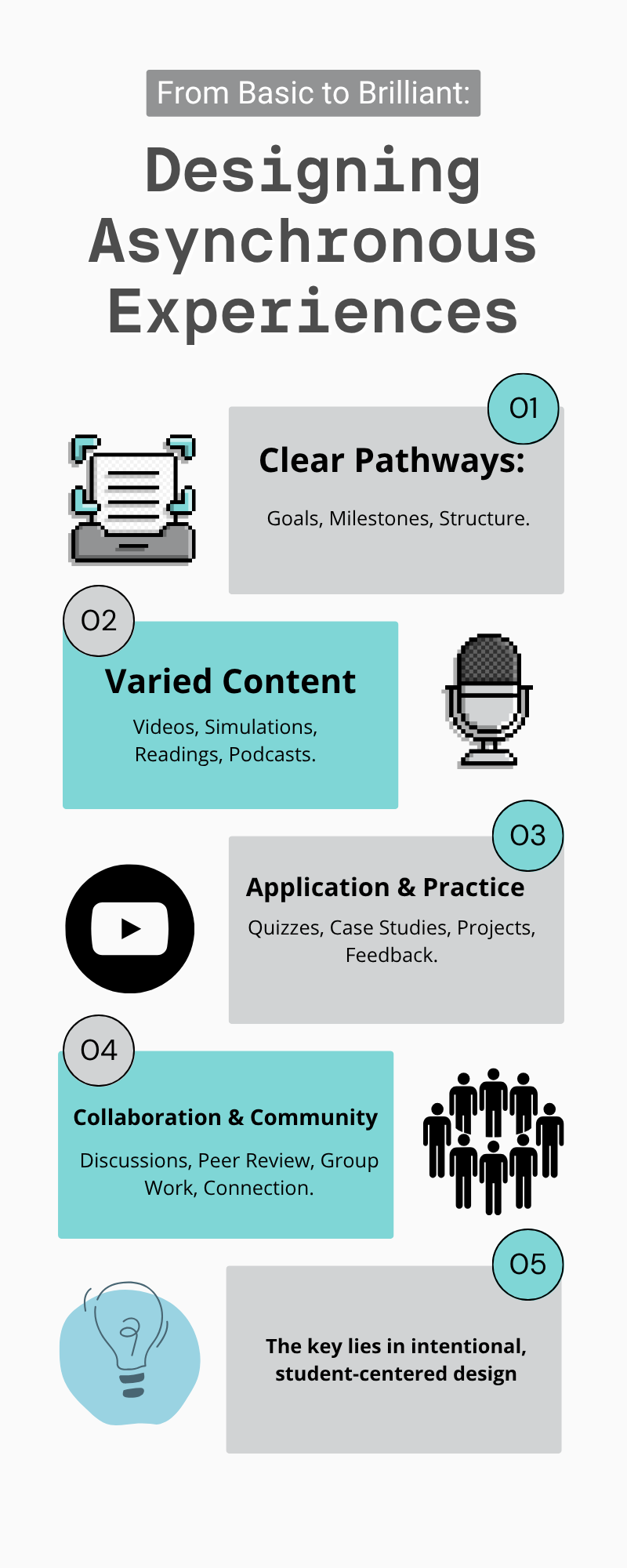
Designing for Engagement in Asynchronous Environments
Asynchronous Action Plan: Your 15-Minute Design Hack
Your Turn: Design a 15-Minute Asynchronous Learning Hack!
Ready to put these ideas into practice? Instead of designing a full module, let’s create a targeted «design hack» for a real-world asynchronous challenge.
Your Challenge: Identify a common problem students face in asynchronous learning (feeling isolated, difficulty understanding a specific complex concept, procrastination, lack of immediate feedback).
Then, propose a 15-minute asynchronous activity or resource designed to address that specific problem, directly applying at least two of our effective asynchronous design pillars (clear pathways, varied content, application & practice, collaboration & community).
This mini-challenge will help you think creatively and practically about applying asynchronous design principles to specific pain points. How will you make a big impact in just 15 minutes?
Recommended1 dieron "Me gusta"Publicado en Educación, Idiomas


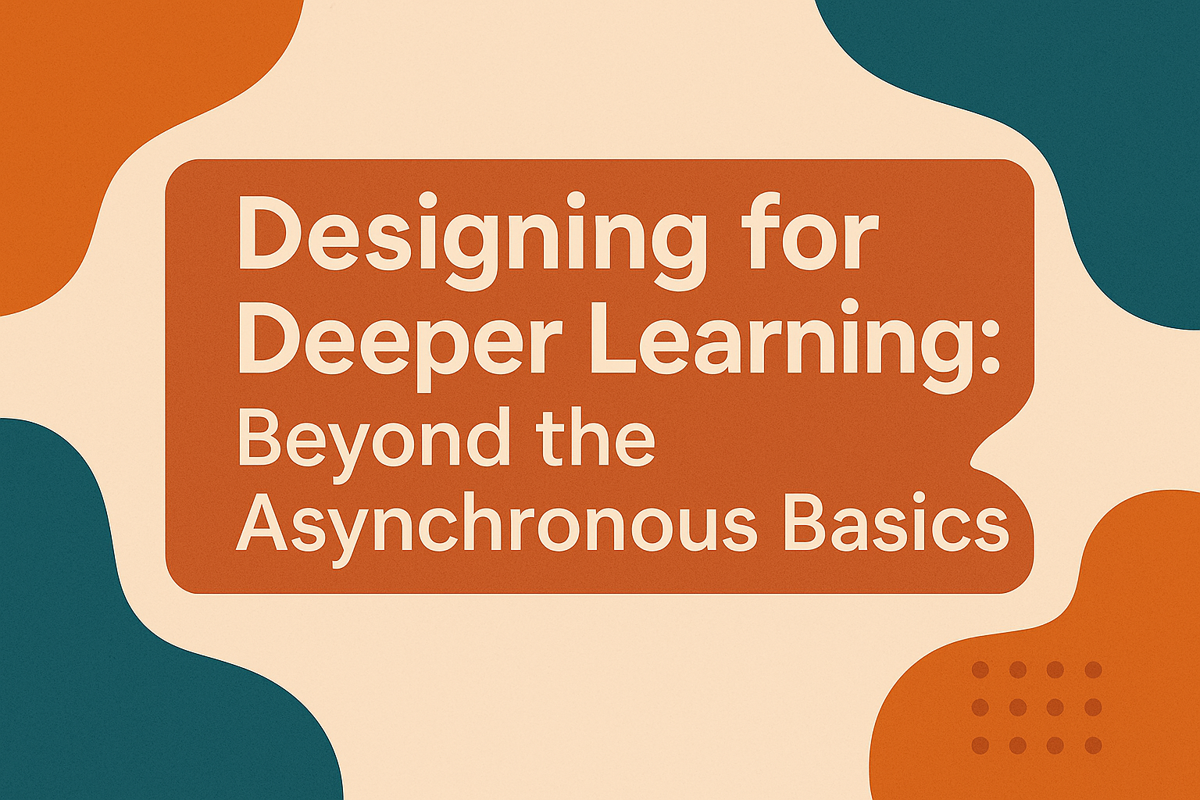



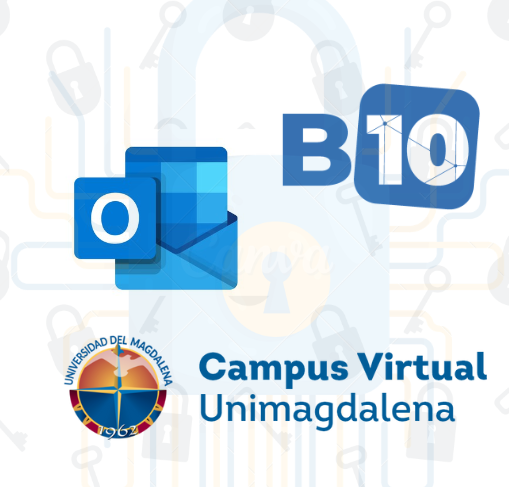
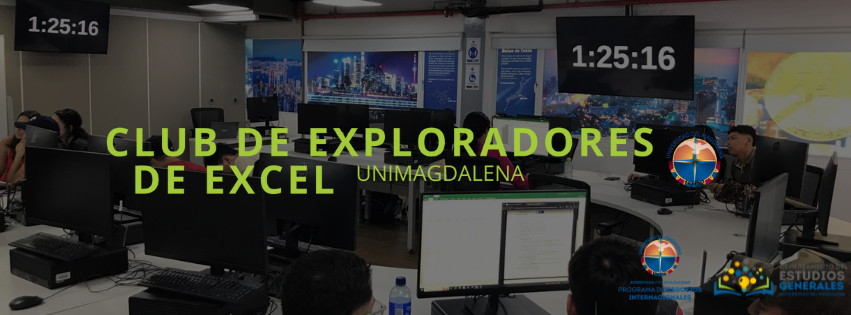

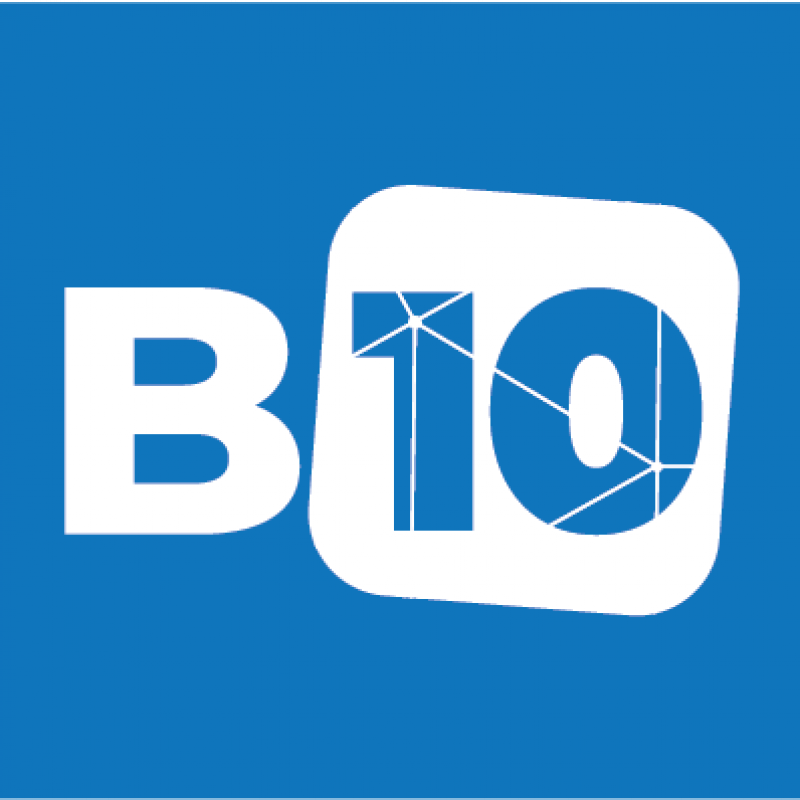
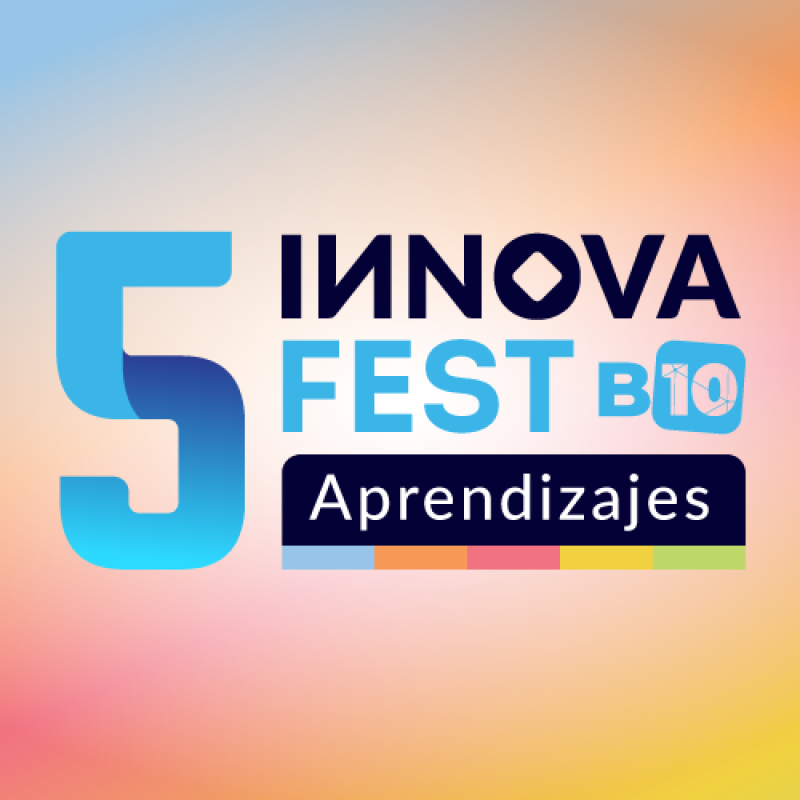

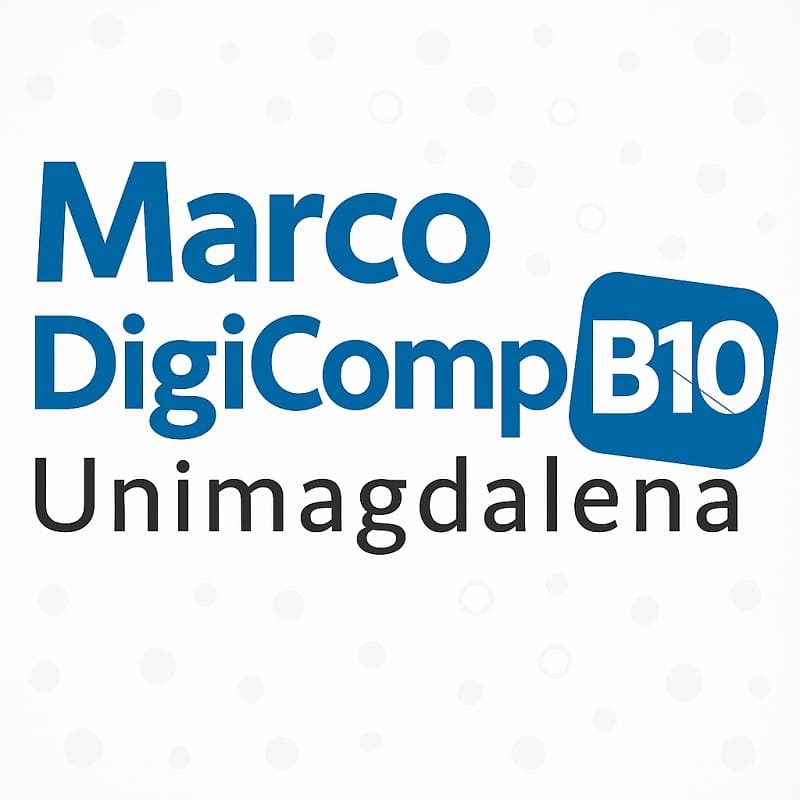
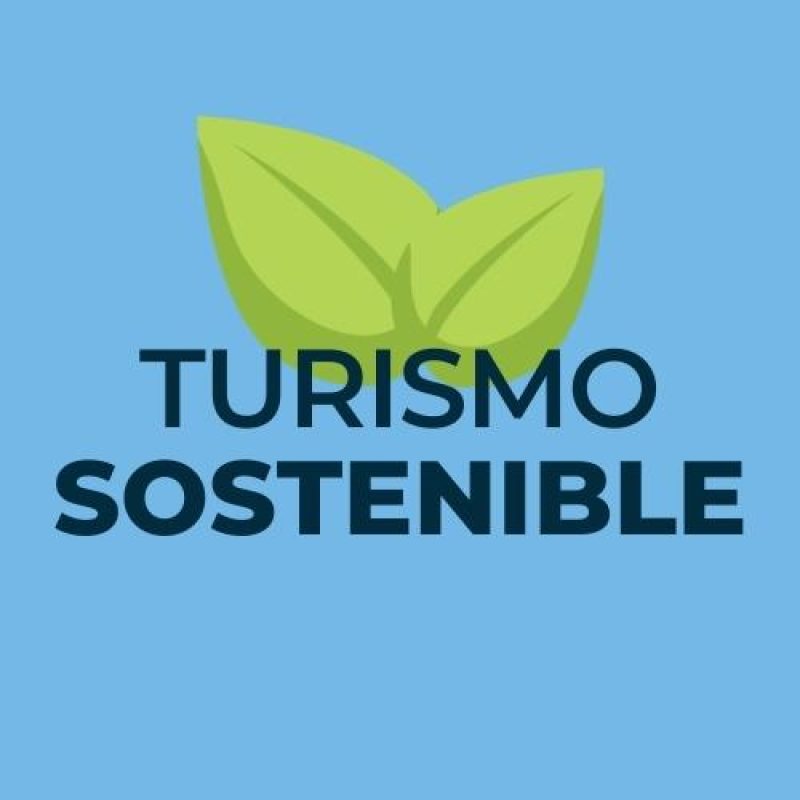
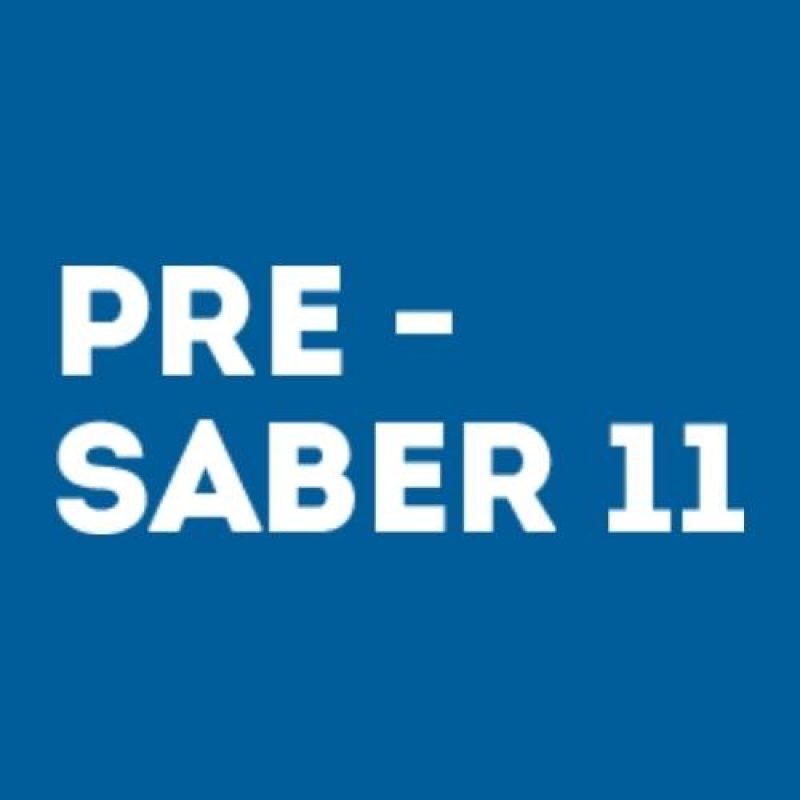

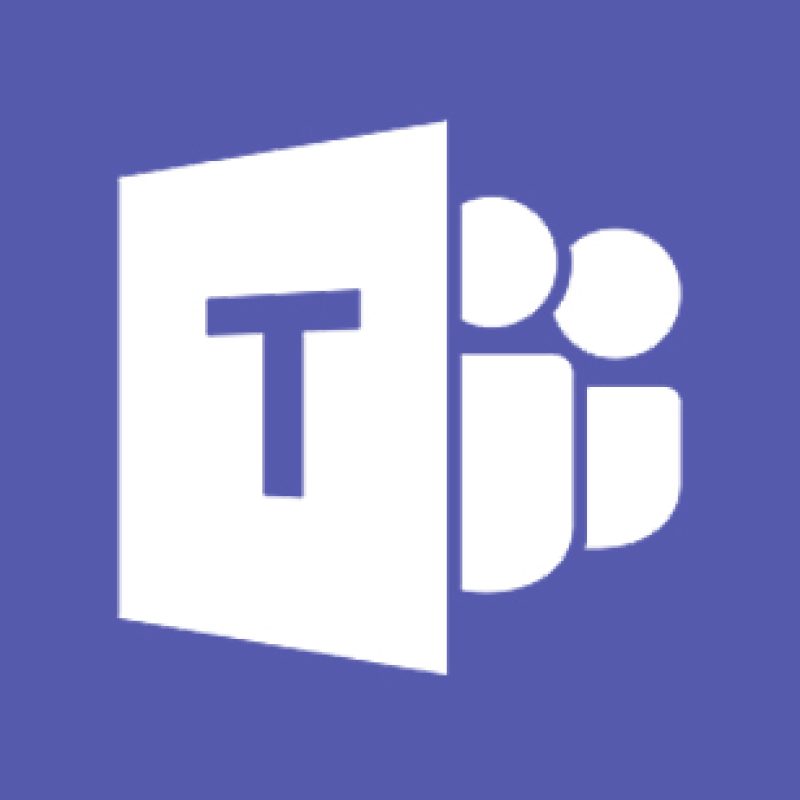

Comentarios